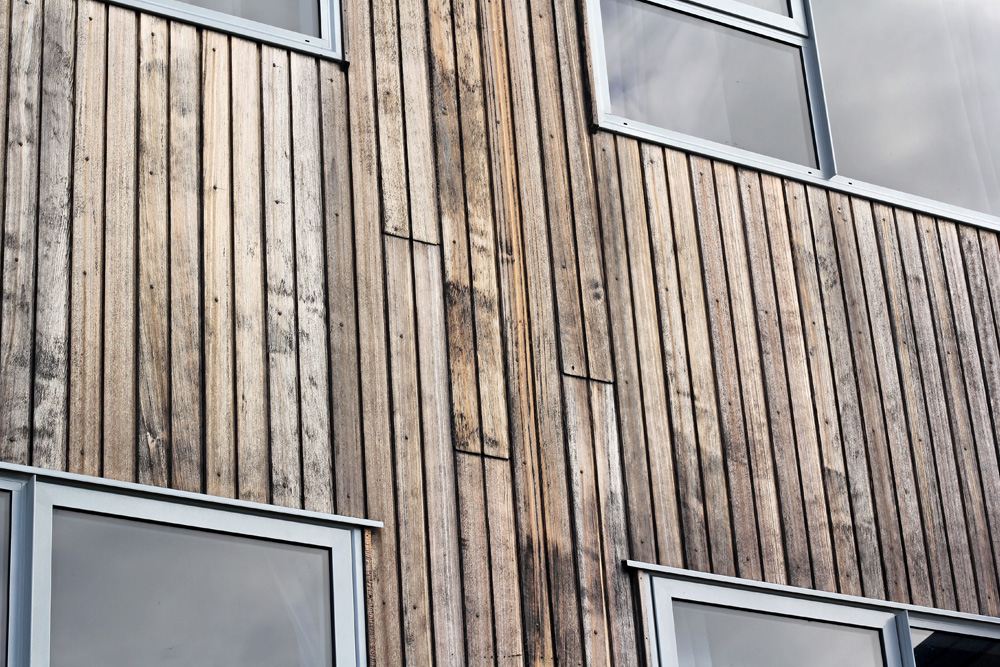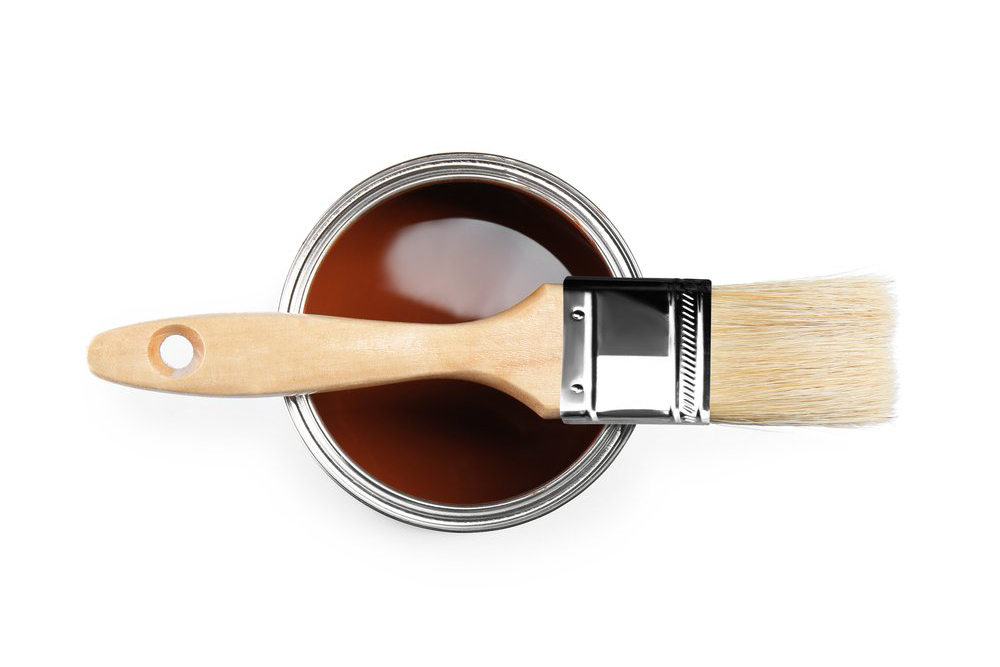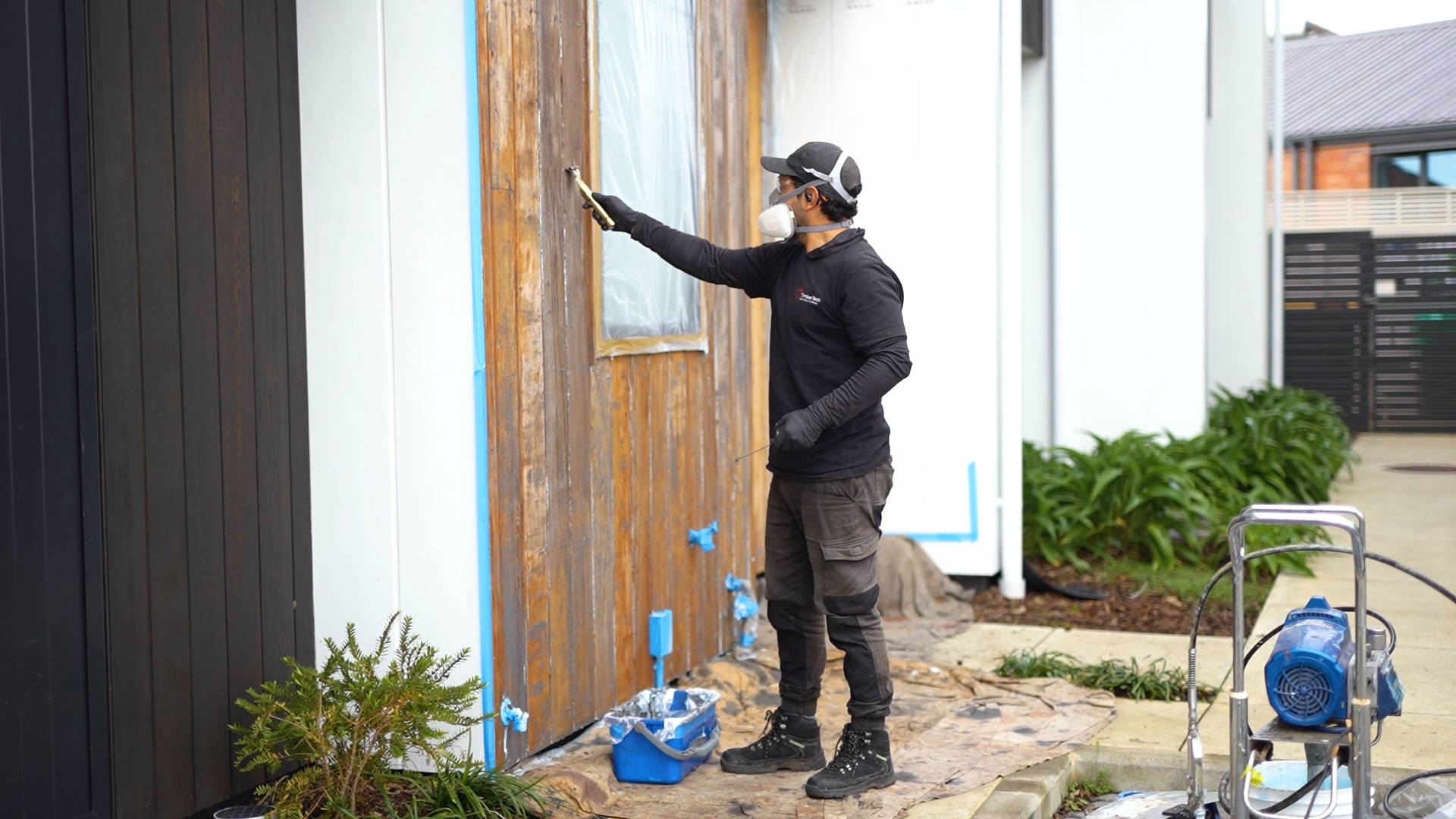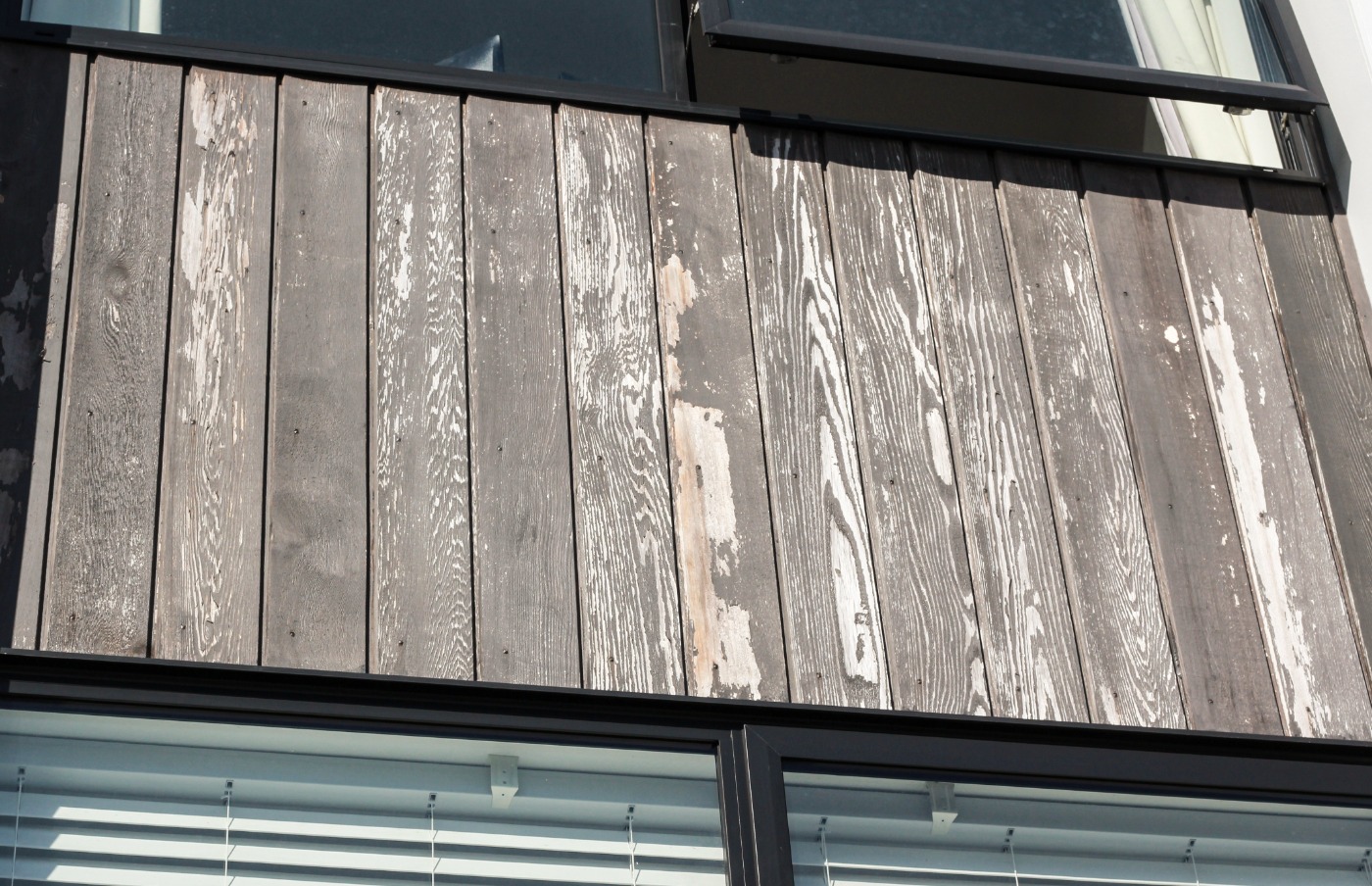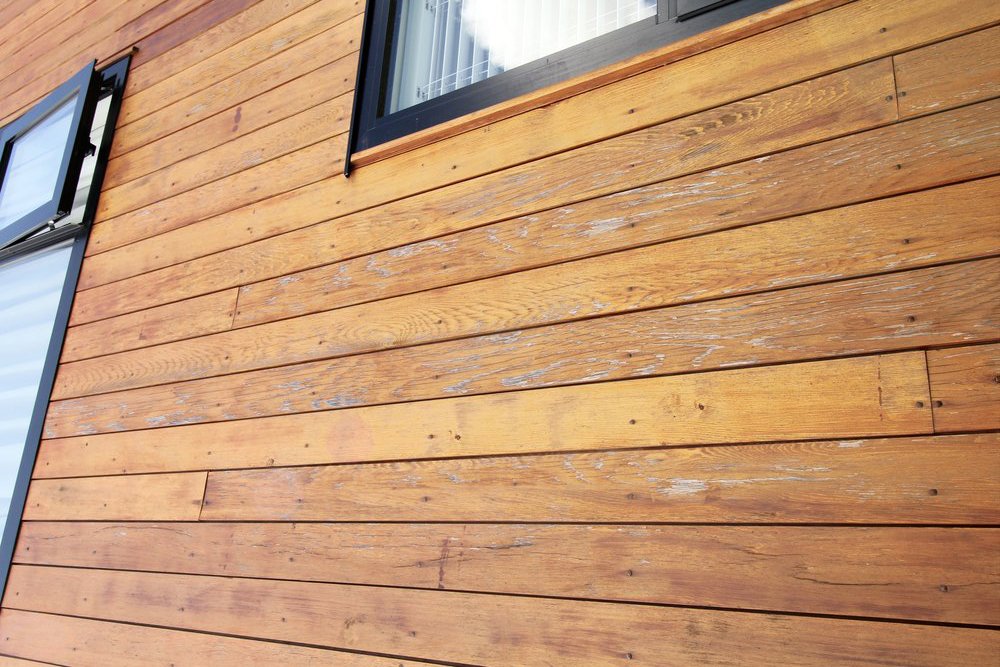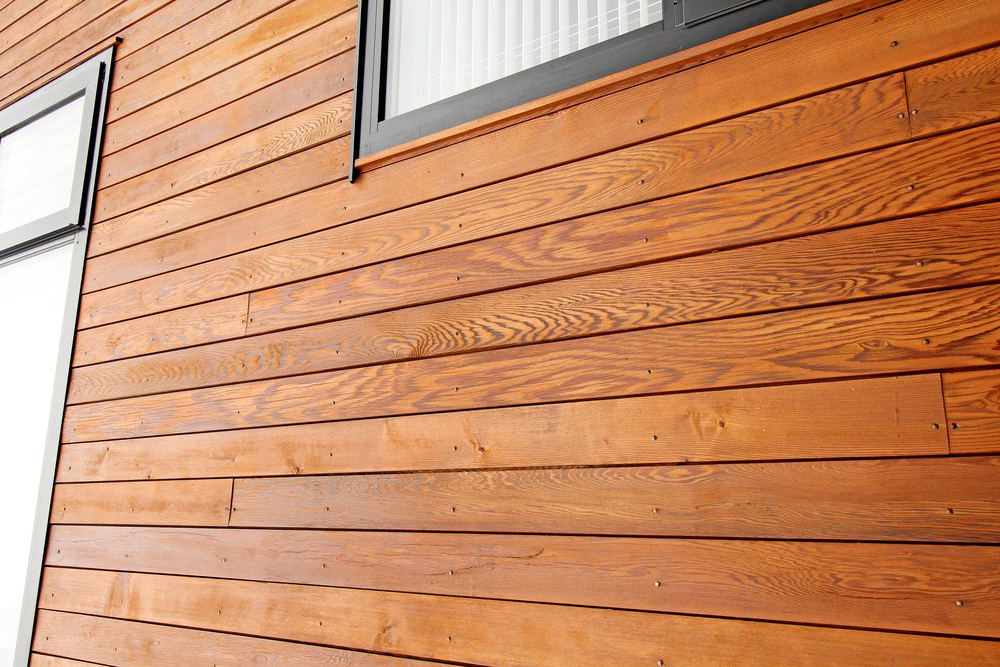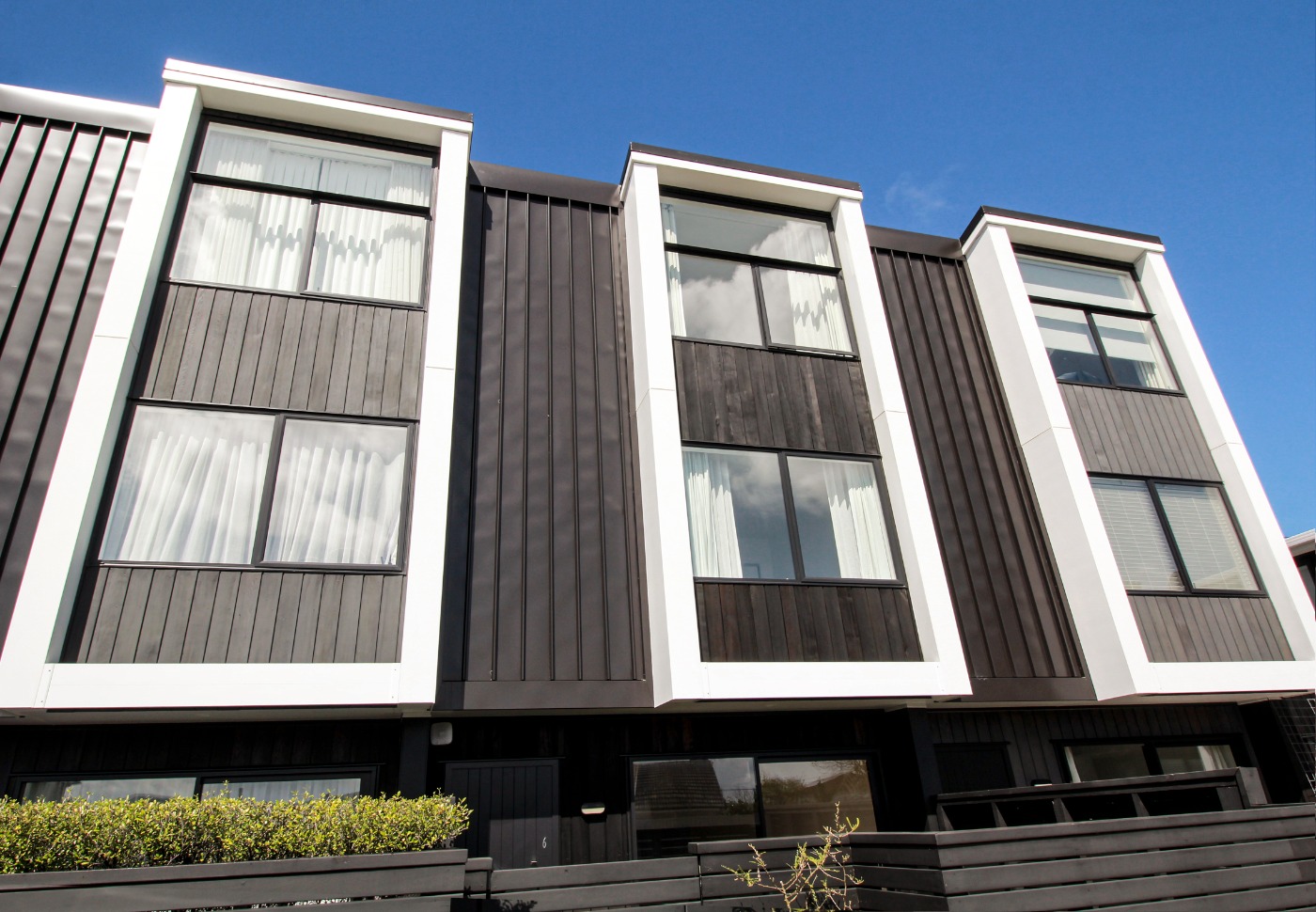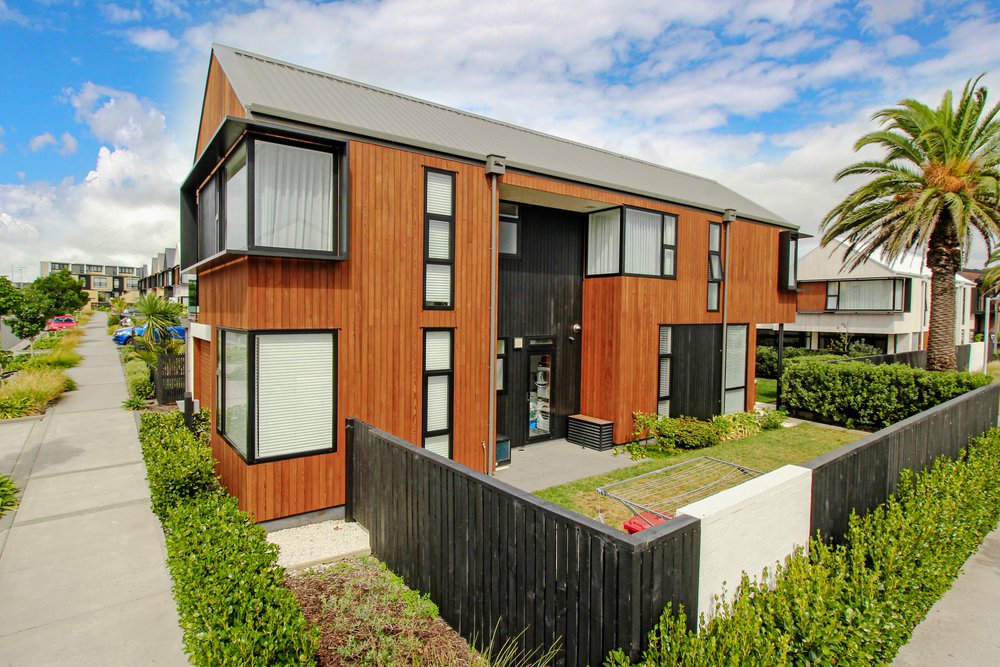Cedar needs to be recoated every 2-3 summers to protect the timber from New Zealand’s harsh UV rays.
By applying an oil or a stain, the boards are protected by a coating that takes the brunt of the UV rays, but over time, it will break down and needs to be reapplied.
Knowing what signs to look for will help you stay on top of maintenance before small issues turn into larger, more expensive problems.
1. Discolouration
Discoloration is often the first sign that your cedar needs attention. It happens when the UV rays begin to break down the existing coating, allowing the natural colour of the timber to come through.
A generously applied oil will fill the pores of the Cedar and leave a protective tint on the surface. This dual action helps the wood resist moisture and absorbs the worst of the sun’s rays.
.slider-info-8591.bafg-slider-info .bafg-slider-title { font-size: 22px ; } .slider-info-8591.bafg-slider-info .bafg-slider-description { } .slider-info-8591.bafg-slider-info .bafg_slider_readmore_button { text-align: center; } .slider-info-8591.bafg-slider-info .bafg_slider_readmore_button:hover { }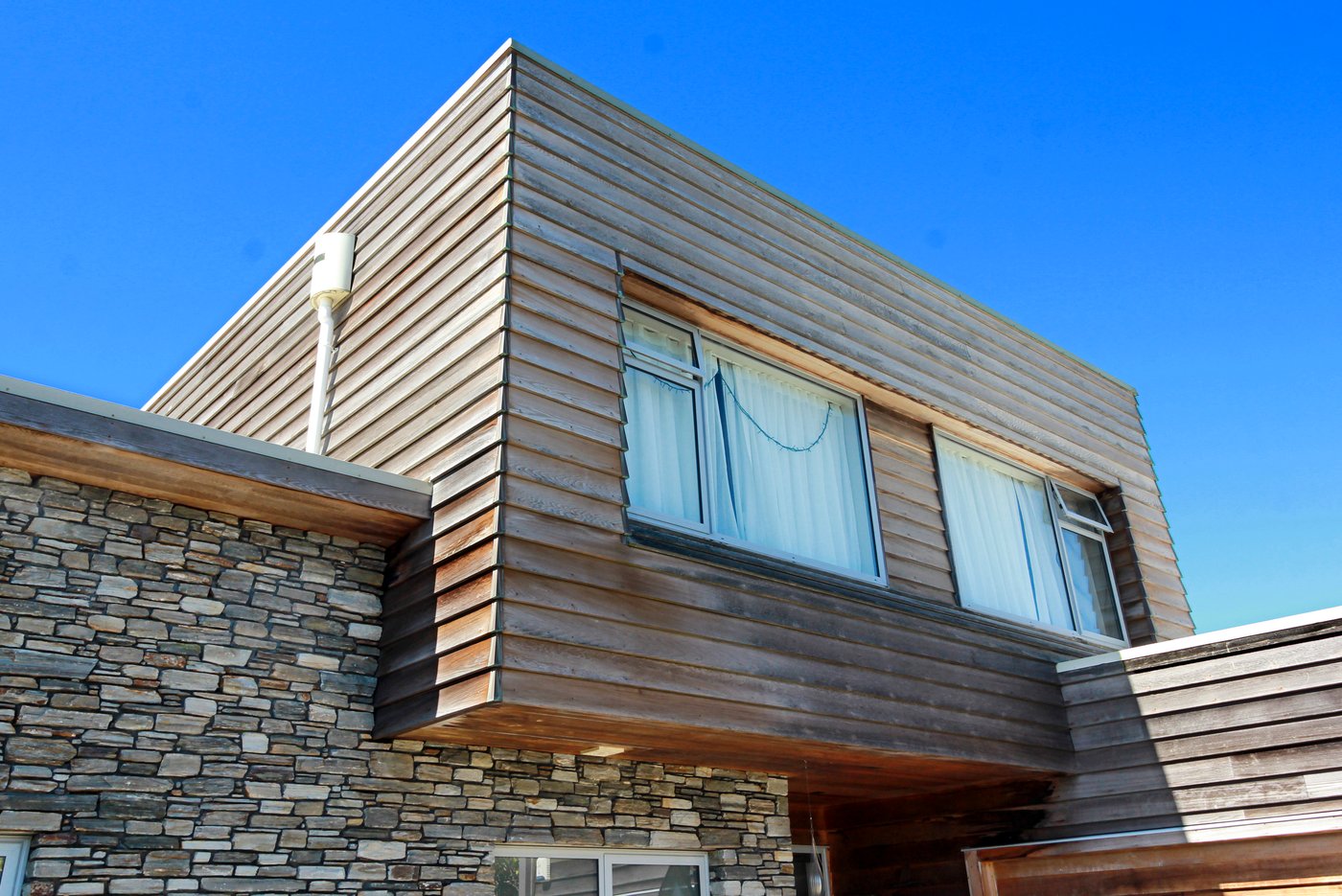
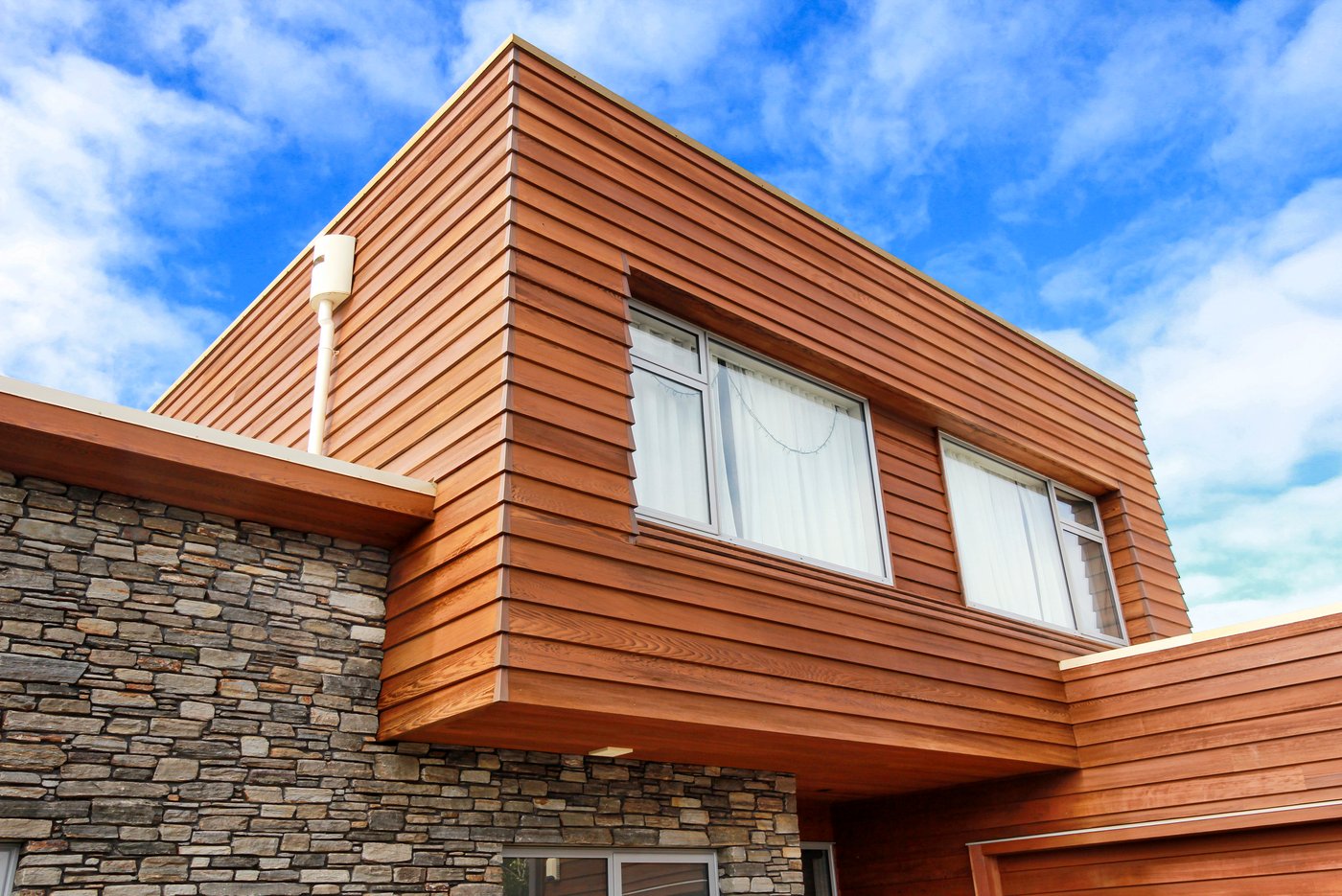
With oil, you can tell if the Cedar is dry by spraying water onto the surface. If the water beads off, the boards still have a reservoir of oil. If the water soaks in, you probably need to recoat.
.slider-info-9086.bafg-slider-info .bafg-slider-title { font-size: 22px ; } .slider-info-9086.bafg-slider-info .bafg-slider-description { } .slider-info-9086.bafg-slider-info .bafg_slider_readmore_button { text-align: center; } .slider-info-9086.bafg-slider-info .bafg_slider_readmore_button:hover { }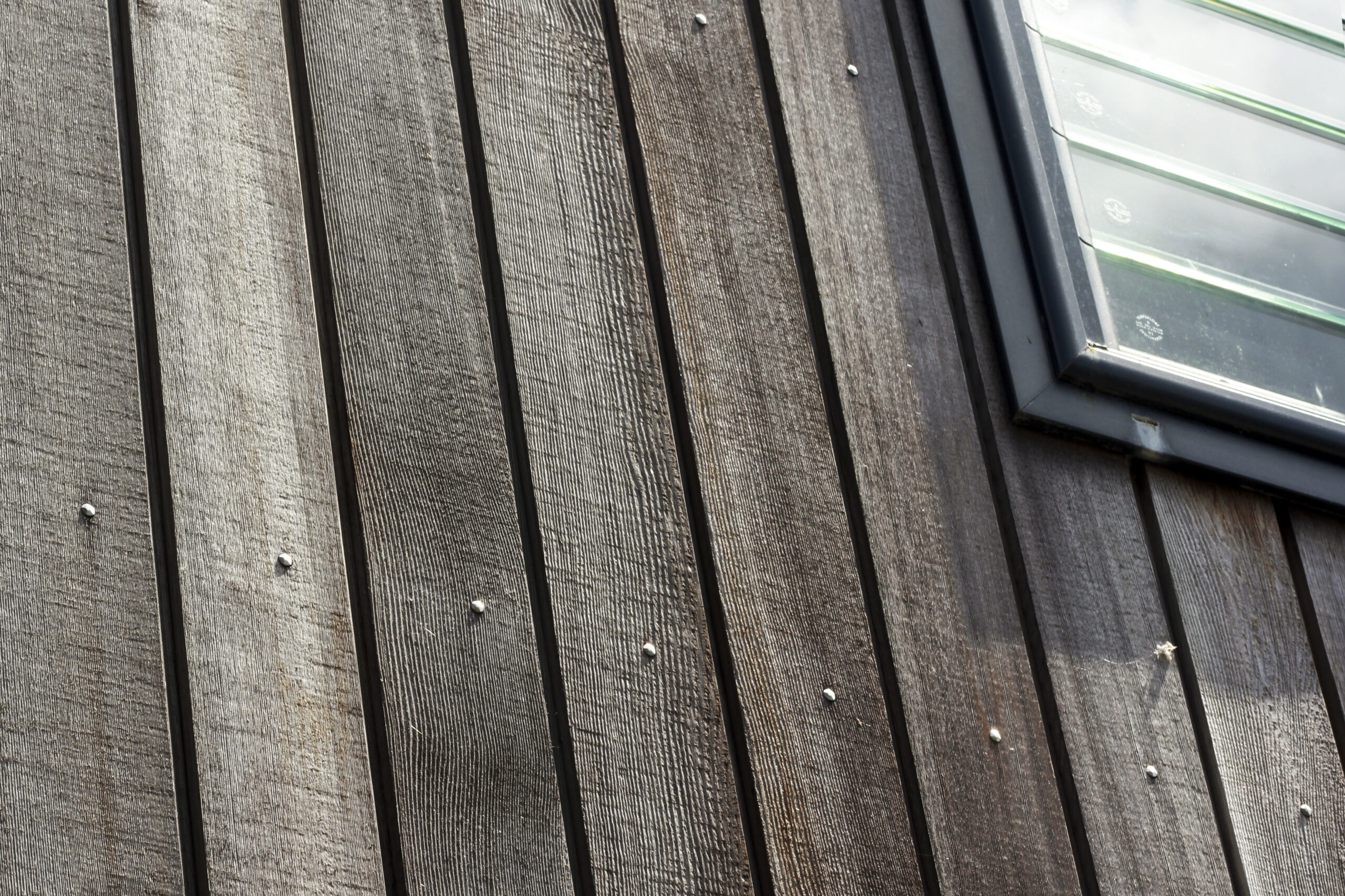
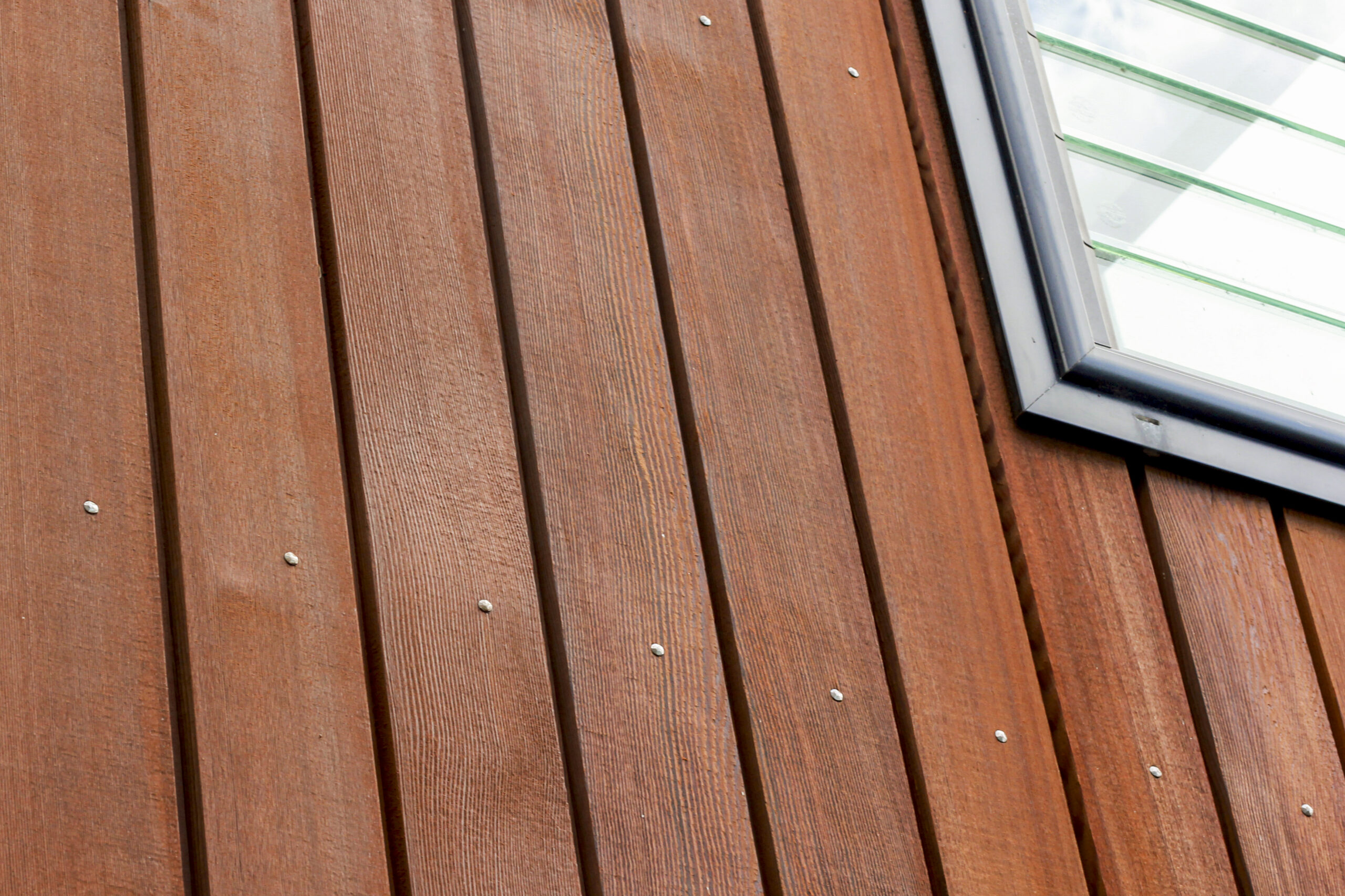
Stains work similarly, creating a barrier that shields the timber. Over time, the stain will oxidise and erode by design – this means it’s doing its job by absorbing the UV damage – resulting in a patchy, uneven appearance with lighter and darker areas.
2. Fading or silvering
Silvering is caused by exposure to UV rays, which fray and loosen the top cells of the Cedar and cause the surface to become bleached.
While some people prefer this aged appearance, it can be a problem in warm, damp climates. The roughened surface of the wood can trap moisture, dirt, and bacteria, causing the Cedar to turn black.
If you like the silvered look, you can get protective oils with a silver tint that will give you the aesthetic you want while still protecting your Cedar from the sun.
.slider-info-8294.bafg-slider-info .bafg-slider-title { font-size: 22px ; } .slider-info-8294.bafg-slider-info .bafg-slider-description { } .slider-info-8294.bafg-slider-info .bafg_slider_readmore_button { text-align: center; } .slider-info-8294.bafg-slider-info .bafg_slider_readmore_button:hover { }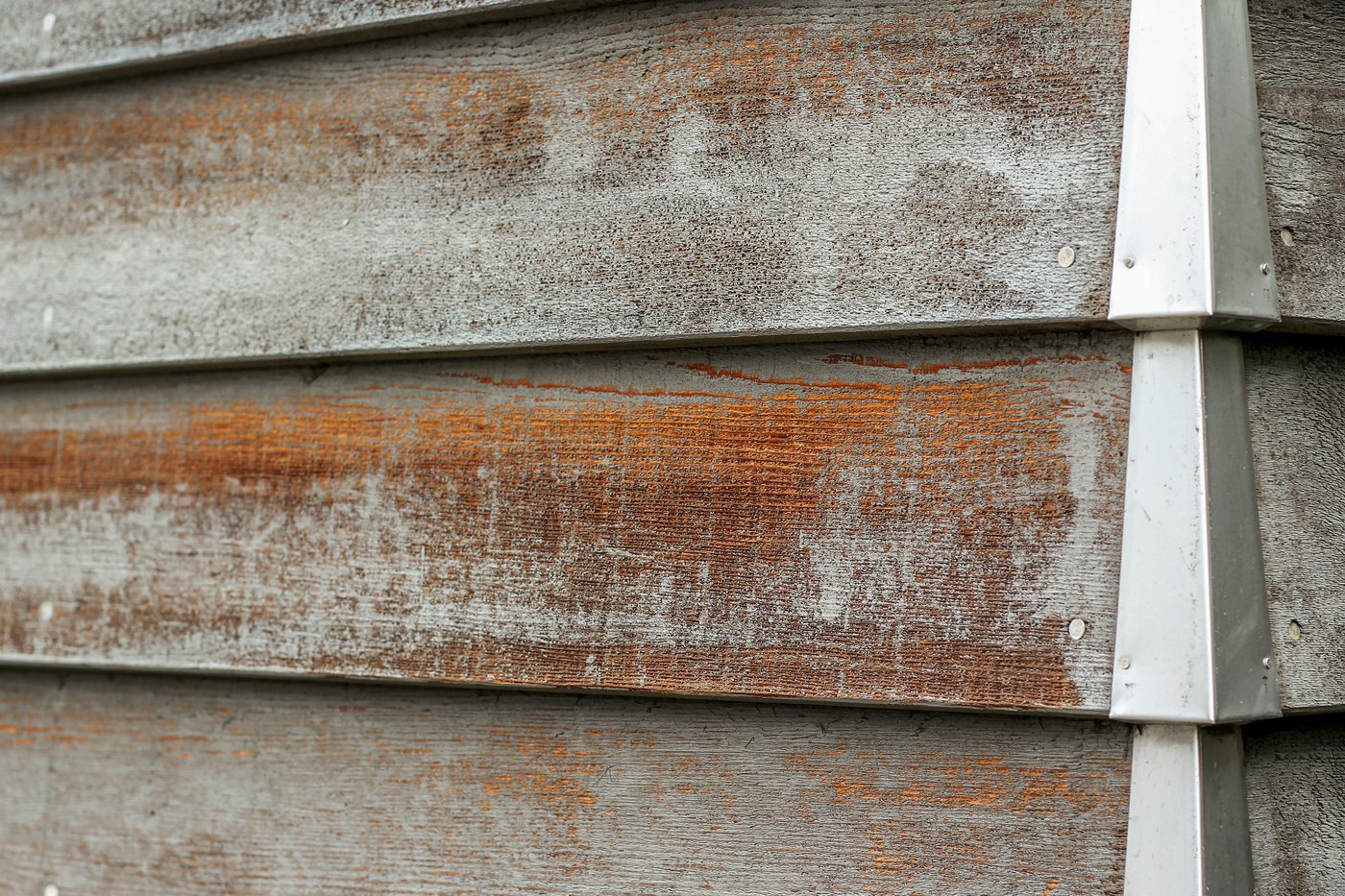
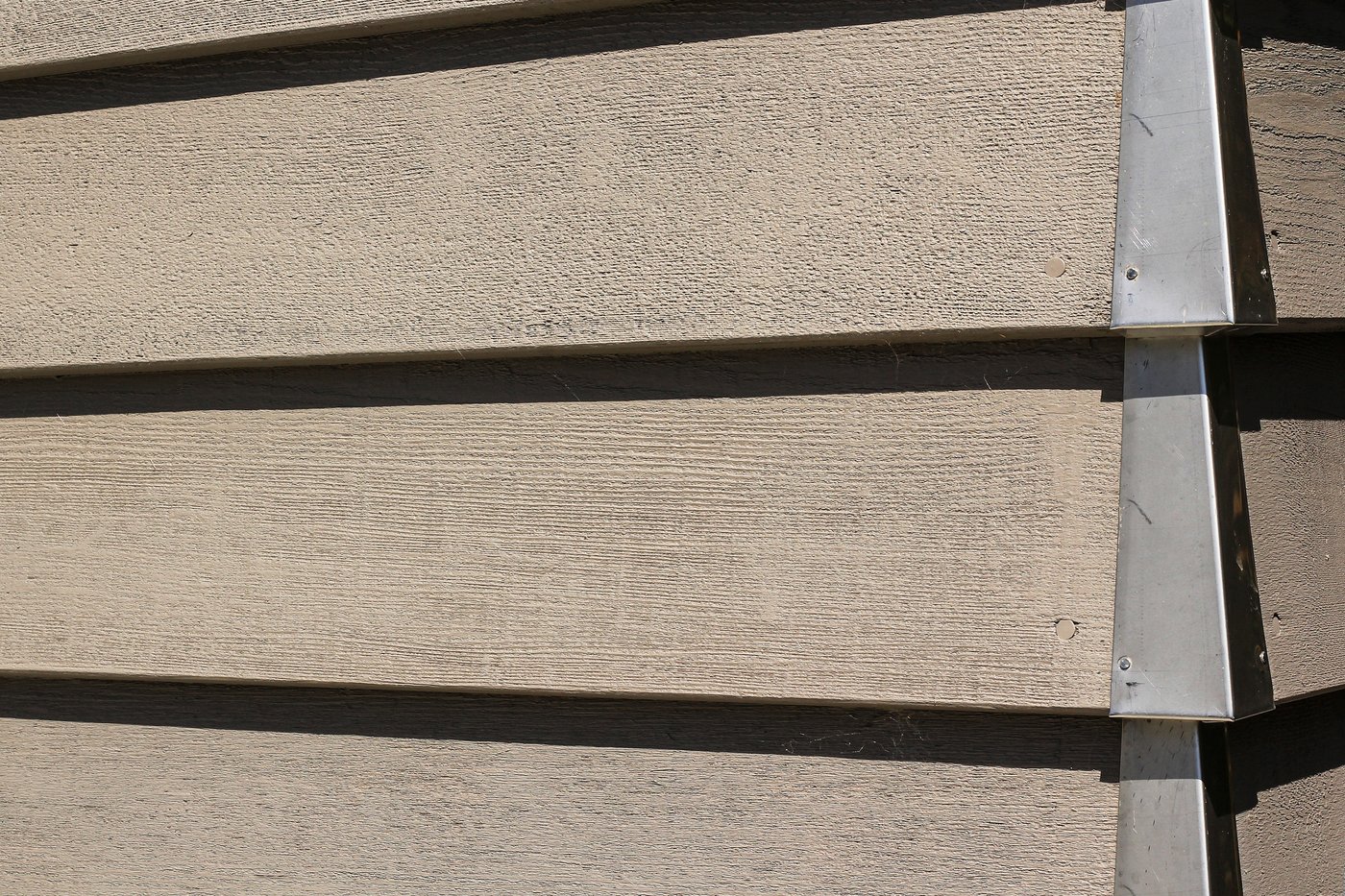
3. Patchy or uneven colour
Patchy or uneven colour on your Cedar can be a sign of a few things. The previous coating might have been applied unevenly, or it could be breaking down faster in some areas than others for a variety of reasons.
A well-maintained Cedar home should have a consistent colour across all its walls. If your home hasn’t been maintained in quite some time, the faces of the house that gets more direct sun exposure will fade faster than the shaded faces.
Reapplying an oil or stain not only enhances the colour but also helps replenish the wood’s natural oils and fortify its anti-fungal properties, restoring its vibrant, like-new appearance.
.slider-info-7786.bafg-slider-info .bafg-slider-title { font-size: 22px ; } .slider-info-7786.bafg-slider-info .bafg-slider-description { } .slider-info-7786.bafg-slider-info .bafg_slider_readmore_button { text-align: center; } .slider-info-7786.bafg-slider-info .bafg_slider_readmore_button:hover { }

4. Mould and lichen forming
Mould and lichen often grow on the damper areas of your house away from the sun. Mould can appear on the surface coating or might be ingrained in the timber if it’s been left for a while.
The first signs of mould are small black spores that look like spots or splatters, and as it gets more severe it will get more obvious, turning black, green or red.
.slider-info-8179.bafg-slider-info .bafg-slider-title { font-size: 22px ; } .slider-info-8179.bafg-slider-info .bafg-slider-description { } .slider-info-8179.bafg-slider-info .bafg_slider_readmore_button { text-align: center; } .slider-info-8179.bafg-slider-info .bafg_slider_readmore_button:hover { }
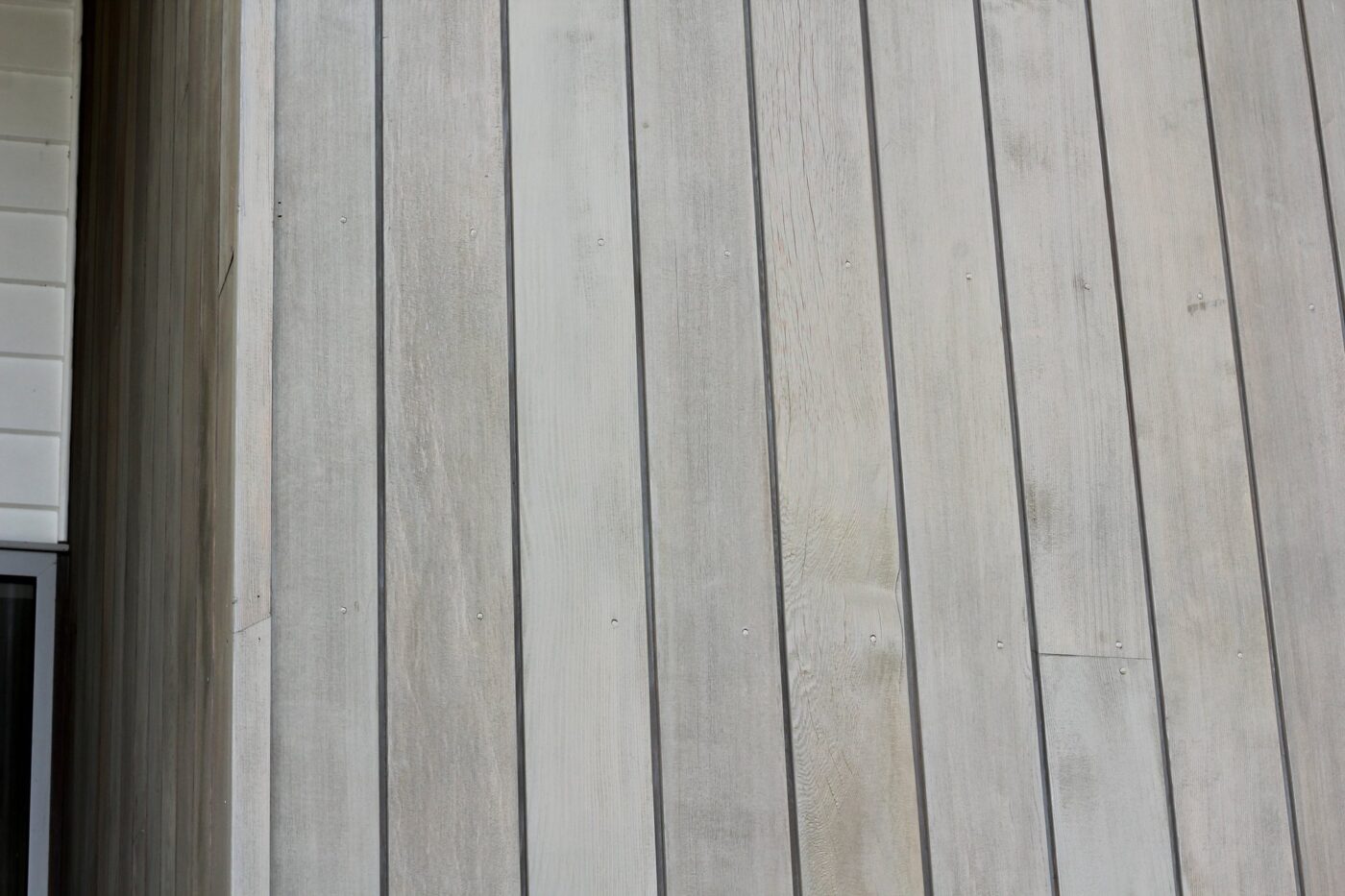
Signs of mould and lichen are not always a big concern. Get a professional to look at it, and if you catch it early enough, you might just need a clean without having to recoat the timber.
.slider-info-7183.bafg-slider-info .bafg-slider-title { font-size: 22px ; } .slider-info-7183.bafg-slider-info .bafg-slider-description { } .slider-info-7183.bafg-slider-info .bafg_slider_readmore_button { text-align: center; } .slider-info-7183.bafg-slider-info .bafg_slider_readmore_button:hover { }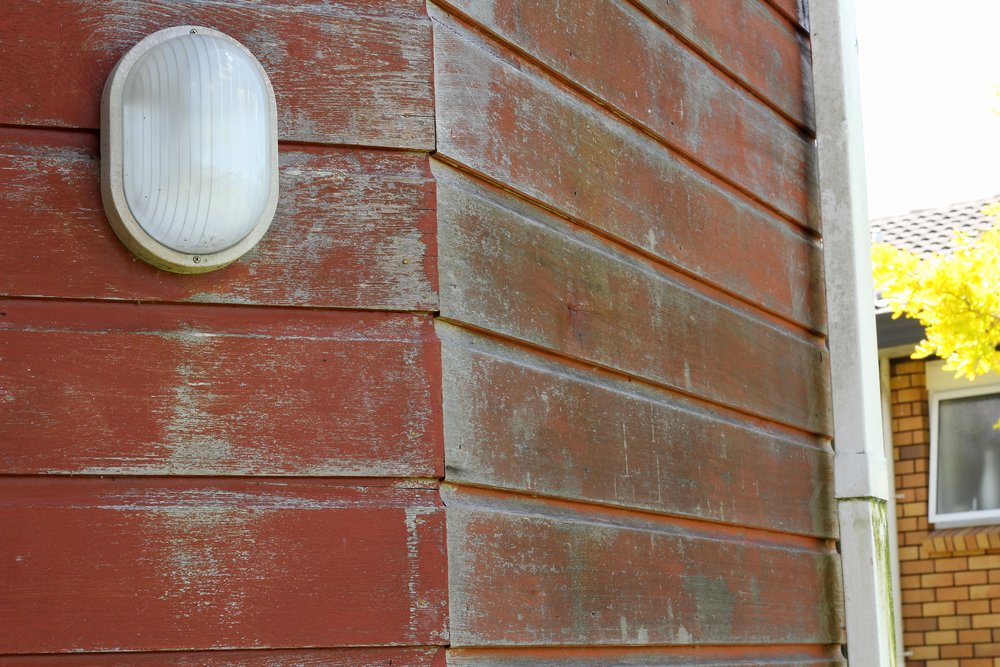
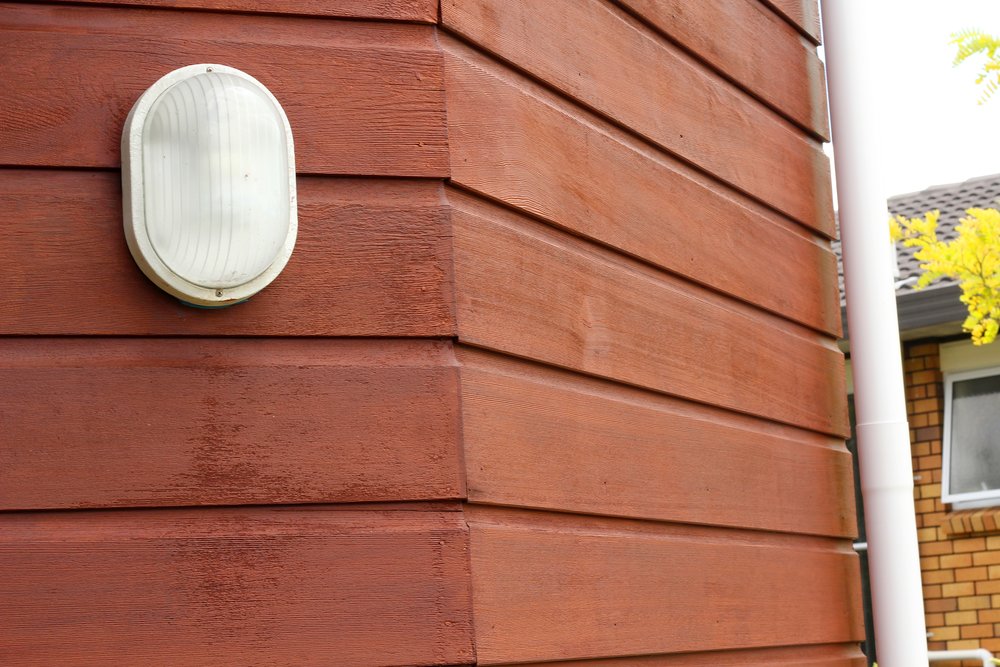
5. Cracks, or worse
Look for small cracks appearing, either in the coating or the boards themselves. Those little cracks are allowing moisture to get into the boards and create a toehold for mould, mildew and lichen to get established.
If nails are popping out, or you can see warping, this is a sign that the boards are moving a lot. This usually happens on the north face, or any area that is exposed to the sun and doesn’t have any protection against the wet-dry-wet effect.

If your boards are starting to cup, it doesn’t mean the boards are beyond repair. Often the structural integrity of the boards is still good, we just need to clean them up and replace the oil to reduce the surface tension and repel water.
Final thoughts…
Knowing the signs that your Cedar needs attention helps you make an informed decision about when to invest in its health.
If you’re unsure, it’s always best to have a professional take a look.
We offer a free, onsite Cedar Assessment across Auckland and Northland. One of our Cedar experts will provide a genuine assessment of your timber and offer advice to keep your Cedar protected and looking beautiful for years to come.



